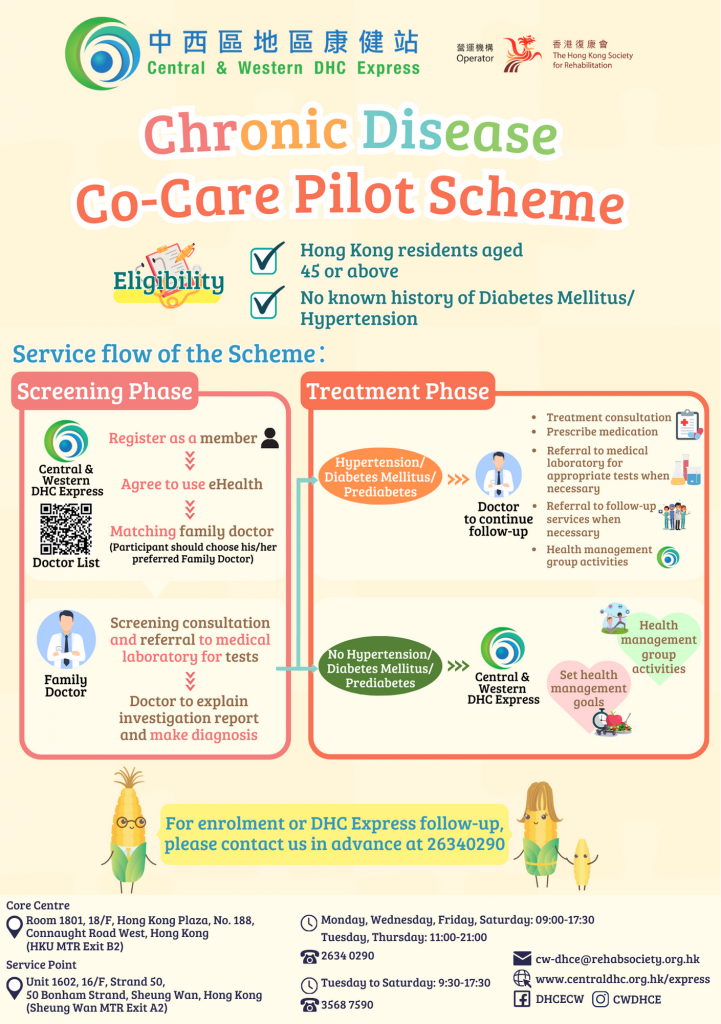Hong Kong is taking proactive steps to prevent the spread of Chikungunya fever, a mosquito-transmitted viral disease that has been causing concern among health authorities. With summer travel increasing and regional outbreaks emerging, the Centre for Health Protection (CHP) is implementing comprehensive strategies to protect public health.

The current risk landscape is particularly challenging. Neighboring Guangdong Province has reported over 4,700 Chikungunya cases as of July 26, 2025, primarily concentrated in Foshan City’s Shunde District. Macau has already confirmed four imported cases, with three individuals having visited Foshan during their disease incubation period. These regional developments have prompted Hong Kong to heighten its vigilance and preparedness.

One of the government’s primary strategies involves strengthening local testing capabilities. The CHP is collaborating closely with the Hospital Authority to ensure prompt and efficient testing for suspected Chikungunya cases. Both public and private hospitals are now equipped to conduct these critical tests, creating a robust screening network. While no positive cases have been detected in Hong Kong this year, authorities remain cautious about potential importation.
Cross-border cooperation plays a crucial role in prevention efforts. The Port Health Division of the CHP maintains regular communication with Shenzhen Customs to align prevention and control measures. A recent frontline working meeting focused on enhancing mutual understanding of port-specific prevention protocols, recognizing the potential for disease transmission across regional boundaries.
The risk of local transmission is a significant concern. If mosquitoes in Hong Kong become infected with the Chikungunya virus, community spread could occur. To mitigate this possibility, the government has developed specific response protocols. Confirmed patients will be treated in mosquito-free hospital environments to prevent further transmission. Additionally, the Food and Environmental Hygiene Department will conduct on-site inspections, disease vector surveys, and implement targeted mosquito control measures.
Medical preparedness is another critical aspect of the response. Authorities are closely monitoring the availability of antipyretic medications like paracetamol, which are commonly used to manage Chikungunya fever symptoms. The government has assured citizens that current medical supplies are stable and sufficient, urging people not to engage in unnecessary stockpiling.
The comprehensive approach extends beyond immediate response mechanisms. By focusing on rapid testing, cross-border cooperation, mosquito control, and medical supply stability, Hong Kong aims to protect its population from potential outbreaks and minimize disruptions to public health systems.
For residents and travelers, staying informed is key. While the current risk remains manageable, it’s essential to follow local health advisories, take mosquito prevention measures, and remain aware of potential symptoms. The government’s proactive stance demonstrates a commitment to public health and safety, offering reassurance during a period of heightened health concerns.
As summer travel continues and regional health dynamics evolve, Hong Kong’s strategic and measured response to the Chikungunya fever threat serves as a model of effective public health management. By combining vigilance, preparation, and collaborative approaches, the city is working to prevent and mitigate potential health risks.












